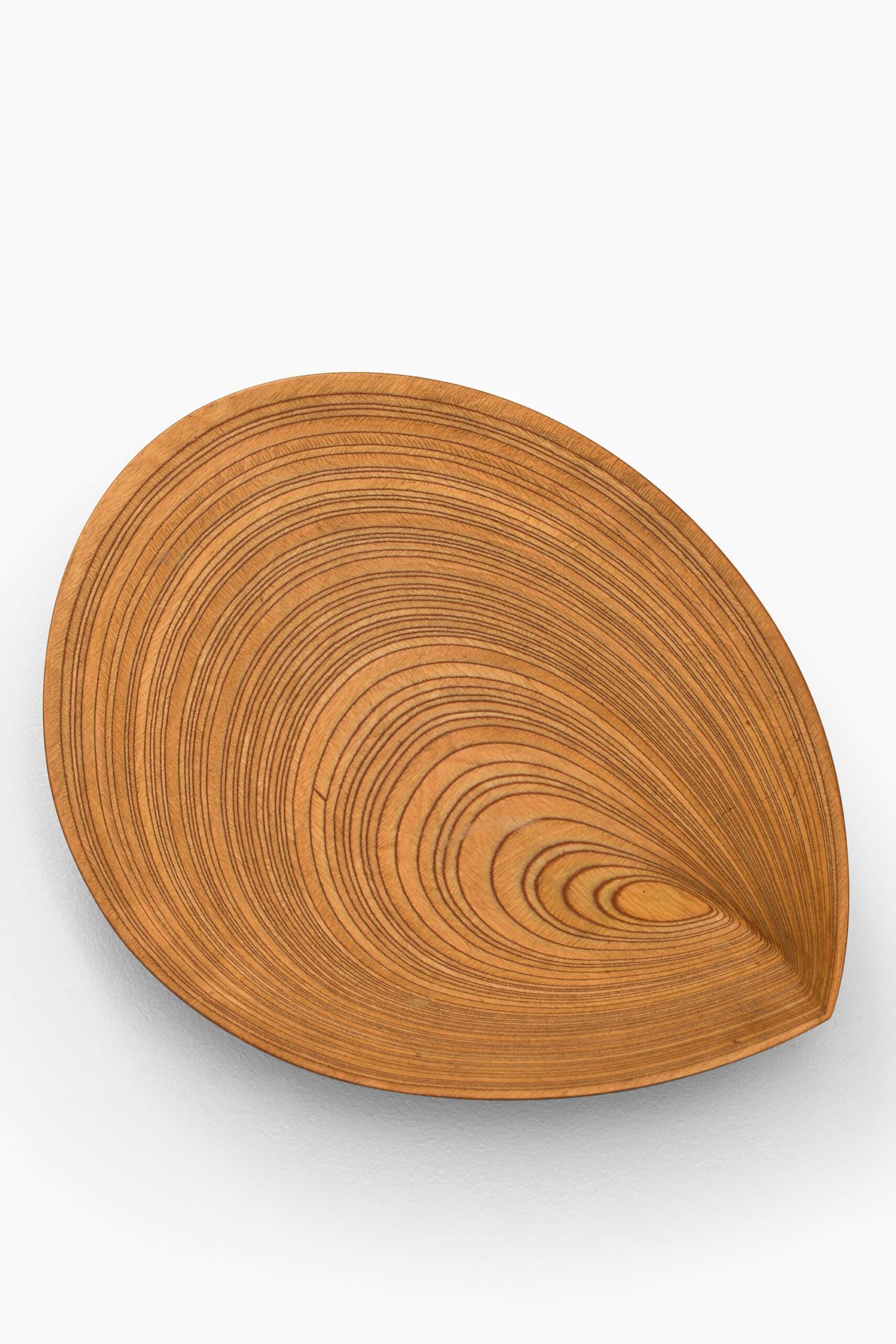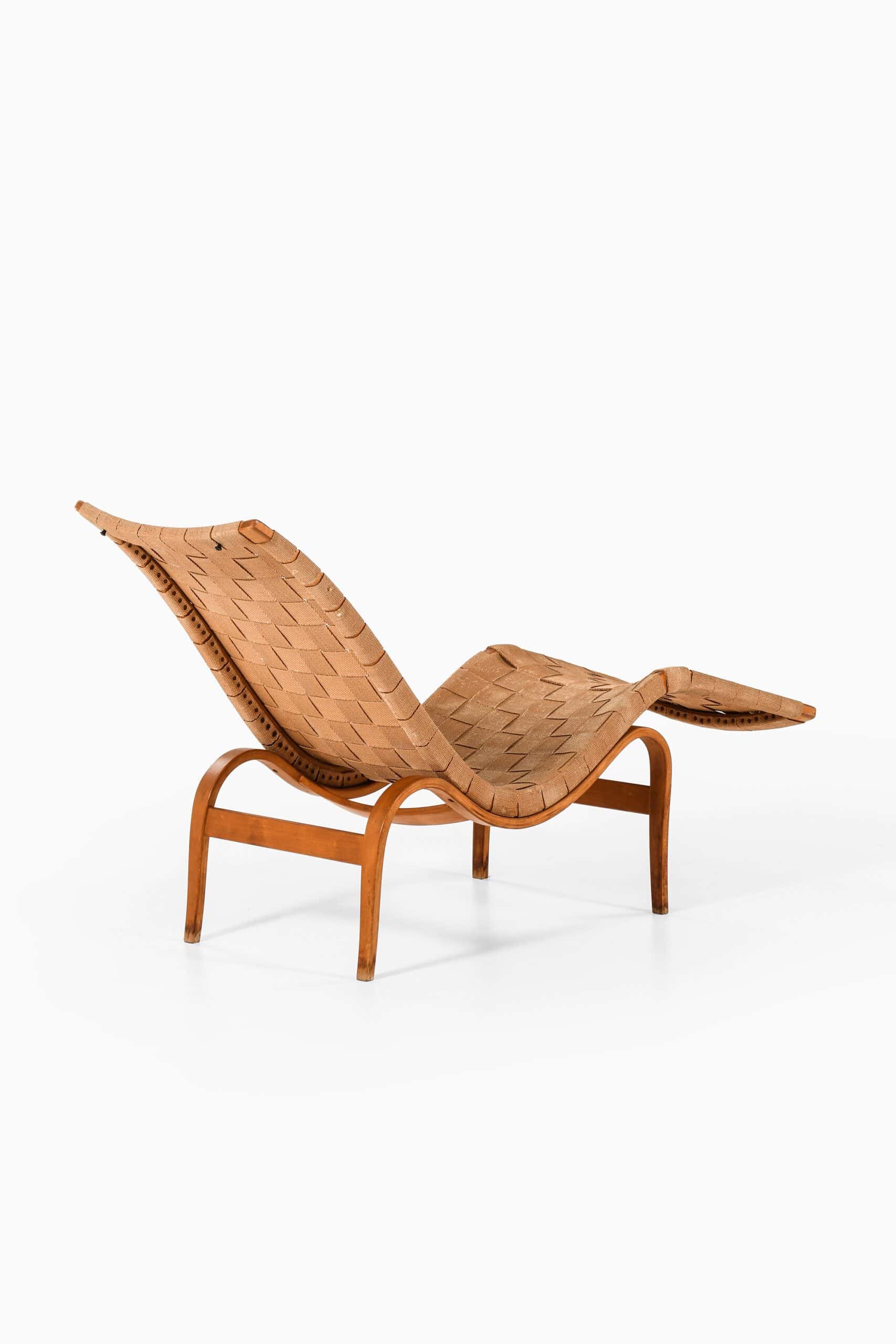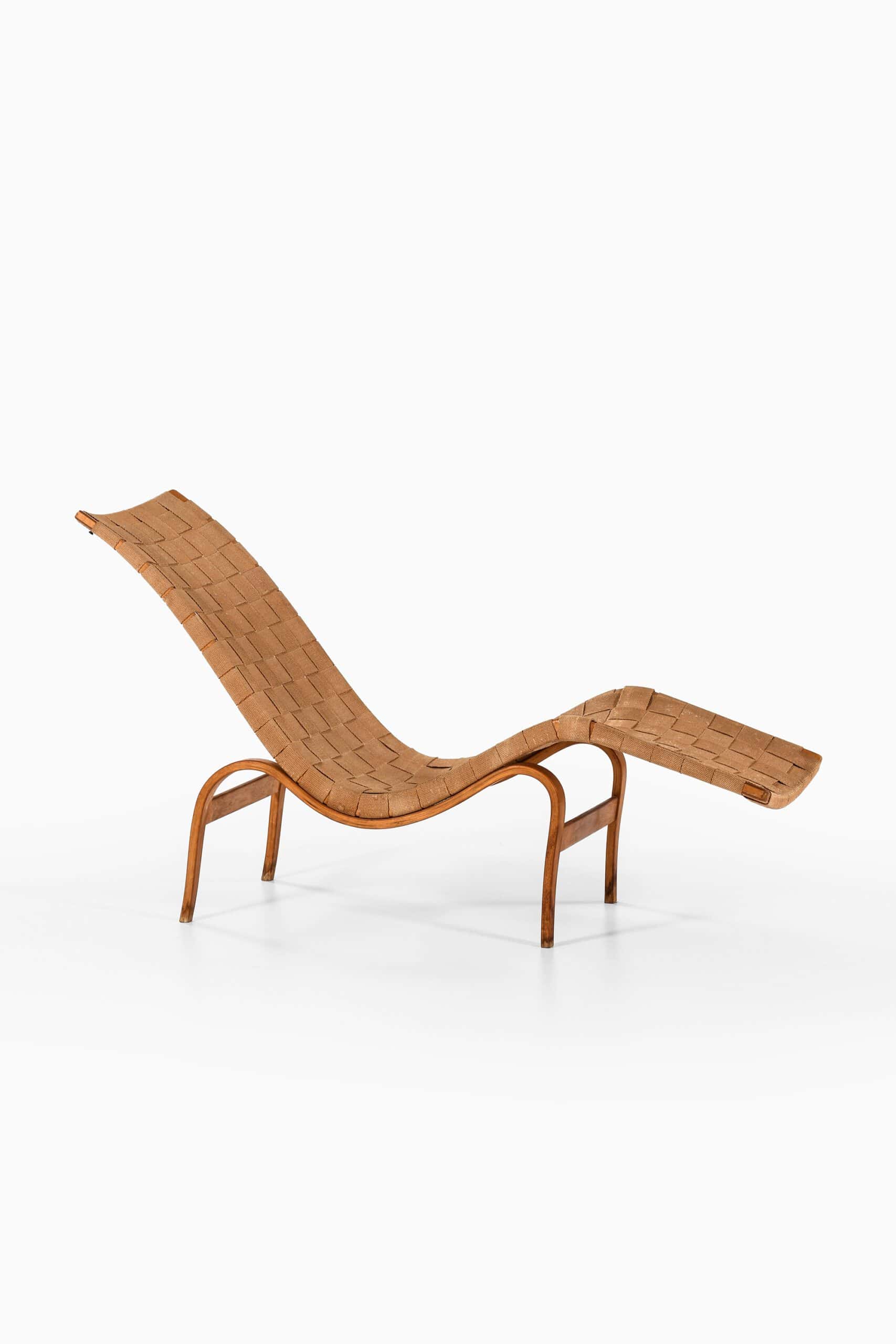Nature and Form – The Organic Line in Nordic Design
In the decades that followed the Second World War, Nordic design found its rhythm between nature and structure. Rather than imitating organic shapes, the architects and designers of Finland, Sweden, and Denmark sought to translate nature’s principles – balance, flexibility, and quiet logic – into form. The result was a language of curves and materials that felt inevitable, as if grown rather than made.
Translating Nature, Not Imitating It
To many Nordic modernists, organic design was not a style but a way of thinking. It meant shaping furniture that met the human body naturally, that followed the grain of wood rather than resisting it, and that brought warmth into the functional. As Alvar Aalto once noted, design should “greet the body like a handshake.” His sentiment became the foundation for an entire regional philosophy, where human use and natural material were inseparable.
Tapio Wirkkala – Landscapes in Form
Few captured nature’s fluidity as profoundly as Finnish designer Tapio Wirkkala. His coffee table and tray show how surface and structure can echo landscape – the ripple of a lake, the smoothness of stone, the grain of wood revealed through touch.
Wirkkala did not decorate his materials; he listened to them. Each curve and taper feels discovered rather than imposed, blurring the boundary between sculpture and function. In his hands, design becomes geology – solid yet fluid, precise yet alive. These objects remind us that the organic line begins not with a sketch, but with the material itself.
Alvar Aalto – Architecture as Nature
Where Wirkkala carved from landscape, Alvar Aalto built from life. His easy chairs and glass vase embody an architectural understanding of the organic. Aalto’s bent-birch frames curve as naturally as a spine; his glassware flows like water held in tension.
The forms are not ornamental, they are structural expressions of comfort and movement. Aalto’s furniture meets the body with quiet intelligence, while his glassware captures the light of the Nordic day, soft and mutable. Together, they show how organic design can serve both architecture and intimacy, merging art, craft, and use into a single continuous gesture.

Photo: Henry Sarian, Alvar Aalto Museum
Ilmari Tapiovaara – Light as Nature
The organic line in Nordic design extends beyond furniture, it reaches into light. Finnish designer Ilmari Tapiovaara understood illumination not as an afterthought, but as architecture itself. His “Maija the Bee” floor lamp, designed in the 1950s and produced by Hienoteräs in Finland, translates nature’s order into geometry. Composed of stacked white metal discs forming a tiered cylinder, the lamp subtly recalls the body of a honeybee.
When illuminated, soft light filters through the gaps between each disc, creating a warm rhythm of light and shadow. Tapiovaara’s design unites structure and softness, showing how even modern materials can carry the quiet logic of nature.
Bruno Mathsson – The Body as Form
If Wirkkala worked from material and Aalto from architecture, Bruno Mathsson worked from the body itself. His lounge chair embodies the organic ideal in its most humane form. Shaped through decades of ergonomic study, the chair’s continuous curves follow the lines of the human frame, offering a sense of lightness and suspension rarely achieved in furniture.
Mathsson saw no separation between comfort and beauty. The webbed seat, gently bowed legs, and airy structure translate human anatomy into elegant function. As Mathsson often stated, the shape of a chair should be determined by the shape of the human body.
The Organic Line as Philosophy
Across these works, a shared logic emerges. Wirkkala’s sculpted wood, Aalto’s architectural warmth, Tapiovaara’s luminous restraint, and Mathsson’s human ergonomics all trace different paths toward the same destination: design that feels inevitable.
The organic line is not about softness alone. It is about respect – for materials, for craftsmanship, for the body and the space it inhabits. It rejects decoration for its own sake and instead seeks harmony between nature’s order and human intent.
Conclusion
To hold a Wirkkala table, sit in an Aalto chair, or stand beside a Tapiovaara lamp is to feel a dialogue between maker and material. These designs do not impose form; they reveal it. In the gentle curve of Mathsson’s chair or the flowing edge of Aalto’s glass, one sees the enduring ideal of Nordic modernism – that beauty and function, nature and design, are not separate realms but one continuous surface. The organic line remains as relevant today as it was seventy years ago, reminding us that the truest modernism is not mechanical but alive.







